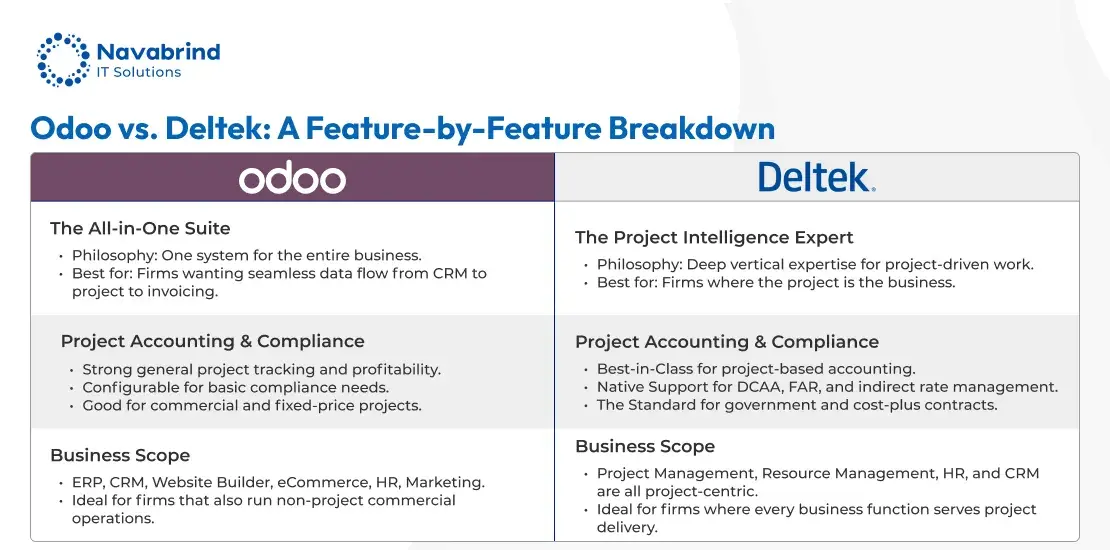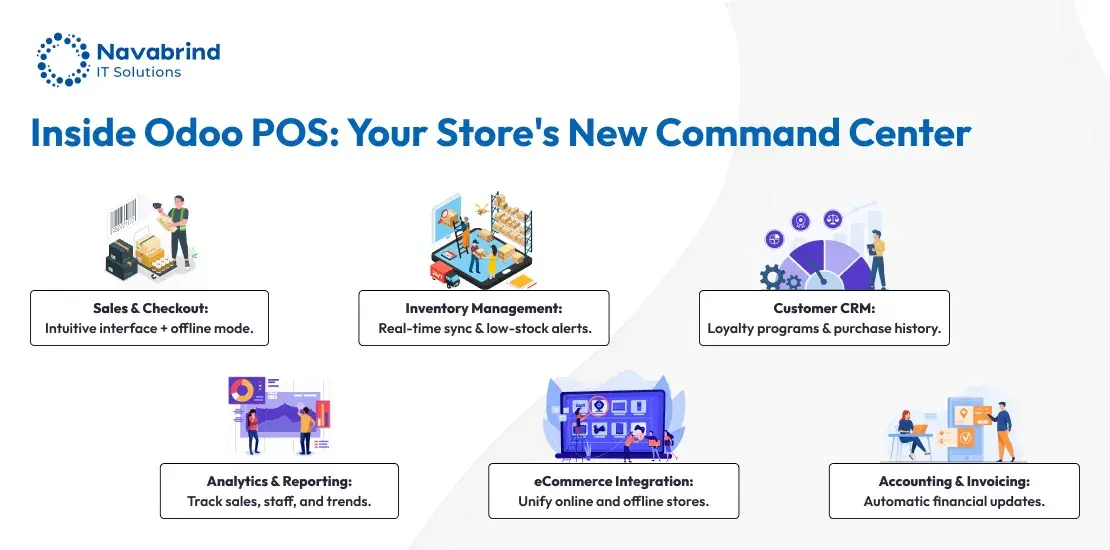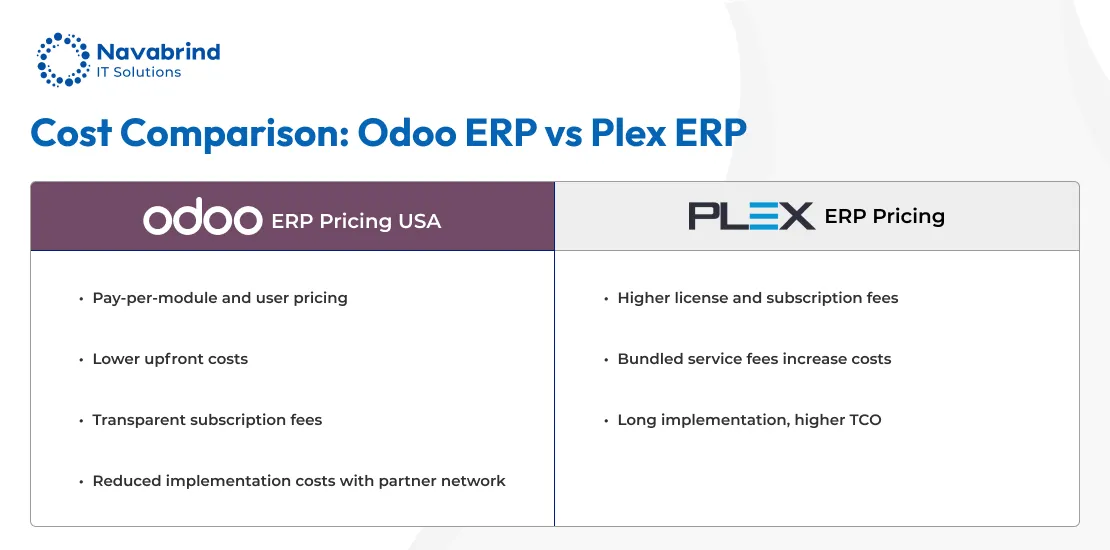Custom Web Application Development, Simplified
- August 3, 2022
- Posted by: Tony
- Categories: Blog, Custom Application Dev
Today, e-commerce and traditional companies are powered by a host of web applications. From email to business intelligence and every application in between is a web application that ensures an enterprise is automated, always available, and tremendously agile.
What is a web application?
A web application is a software application that is stored on a remote server and is made available to its users over the internet and through a browser. Web apps can be created for any task that an organization would like to automate and digitize.
What are the benefits of a web application?
The benefits of a web application are many, but here are a few key ones,
- Multiple users can access and work on a single version of an application
- Does not need to be downloaded and installed on a local machine
- Can be assessed via a mobile, desktop, or a laptop
- Can be accessed via multiple browsers such as Safari, Chrome, or Firefox
What is a custom web application?
If you are a B2B, D2C, C2B or B2C company, you have the opportunity to capitalize on web applications to get more work done. And you can do this by customizing a web application.
For instance, you are an e-commerce business and want to launch a cool-looking website. You can use Magento2 and customize it with your brand colours. You can add various features, decide where on the website these features need to be, create buttons, and so on. At the back-end, you can customize the app and integrate it with an ERP such as Odoo, MS Dynamicss or NetSuite so that data from Magento flows into the ERP and lets other departments of your company act on this data.
Odoo ERP is yet another web application and a large one at it. Odoo can be integrated with a CRM to manage all your customer data or with a Business Intelligence tool (which is yet another web application). Yes, you can use these web applications independently but that would make your data siloed and require you to enter it into each app again and again. Instead, you can integrate all your applications so that they work with each other and data exchange is automated in your company.
How can a web application be customized?
Integration of a web application may seem simple enough at a superficial level but there is more to this than meets the eye.
Customization of a web application can be done at the front-end, back-end, cross-platform, mobile, and web.
For customizing a web application, you (if you are a software developer) or your technology partner needs to have an in-depth understanding of how the application works and how the integration should occur. So that the applications work seamlessly for years together.
This customization gets complex when many applications are integrated. The complexity goes a notch higher when you need to remember that many of these applications get updated – with new features or better security with a periodic frequency- and they still need to continue working seamlessly even when these updates occur. It is obviously a tightrope to walk.
Imagine you spent thousands of dollars customizing your web applications and after 6 months there is a software update that is launched. Your applications are affected and now they are down. This could well bring your business to a standstill. Imagine your Magento2 website is linked to all back-end applications like an ERP, CRM, BI tool and a host of others, and your folk’s can’t process orders, plan to manufacture, accept online payments, run an email campaign, or review inventory. The thought is almost frightening!
Steps to follow for successful custom web application development
Finding the right technology partner for your custom web application development can ensure your apps are always working, stay updated, and your technology partner is always working to maintain these apps.
If you are planning for custom web application development, here are some steps that you and your development agency will have to follow
- Understand your business strategy and define your requirement. This will require you to have a few rounds of discussion and brainstorming with your users, business leaders, and IT team. Spell out a clear business strategy on the objectives of this customization investment and jot down KPI you will track.
- Design the wireframe, prototype the customization, and sign off on the UI/UX. This is a lot of work as the application that is being customized needs to have a user-friendly and pleasant look and feel. Applications look smarter and better these days and something as simple as a drab colour on your application may result in reluctant users.
Some of the tools that can be used to design the wireframe and UI/UX of the application are Adobe Illustrator, InVision, Sketch, and others. A number of companies may choose to get their technology provider to develop a minimum viable product (MVP) to ensure they can experience a working prototype before the whole product is built at a considerable time and cost. An MVP is especially beneficial when the customization could take many weeks, and cost a hefty packet.
- Code, integrate via APIs, test, quality analysis, and debug the app. This is where your extremely skilled technology partner will ensure your application is built on the right technology so that it is future-ready, that it is correctly integrated to work with your other applications, and will not crash every time there is an update. They will also ensure your integration is secure and hacker-proof.
- There are a host of frameworks, platforms, and databases that you and your technology partner need to acquaint yourselves with before developing a custom application. Some of these are AngularJS, HTML, CSS, JX, React, PWA, .net, Laravel, MongoDB, Drupal, and more.
- Deploy the custom application and migrate data into it. Data migration can be a herculean task depending on how much legacy data you have. If you have errors and duplicates in your data, your technology partner is going to want to prepare the data, and ensure it is in the correct format, clean of errors and duplicates, and ready for migration. Some of the tools that can be used to deploy a web application are GitHub, BitBucket, Beanstalk App, and FileZilla.
- Go live, maintain, and support the app. Now that the custom web app is live, it needs to be maintained by adding new features that the business may want and supported every time there is a new software update. Ensure your custom app development partner is reliable and someone you can build a rapport with, someone who can support you 24/7 so that business applications are working seamlessly.
Does your e-commerce business need custom web applications? Reach us at Navabrind IT Solutions
Many small and mid-sized e-commerce businesses are looking for a technology partner that is reliable, cost-effective, yet knowledgeable in the nuances of the industry.
With a decade of experience, Navabrind IT Solutions has customized many web apps for clients across industries such as retail, e-commerce, automotive, healthcare, engineering, logistics, and more. Our team of over 100 developers are acquainted with the widest range of technologies needed for customizing applications. We can ensure you are leveraging nothing but cutting-edge e-commerce solutions in Magento, Odoo ERP, Akeneo PIM, cloud, mobile, and a host of others. We are also certified Odoo partners. Connect with us, not just to leverage development services but also to consult or hire a developer.
Related Articles
-
Post
Odoo ERP vs. Deltek – Which ERP Fits Your Architecture, Engineering, Construction, or Consulting Firm?
Odoo ERP vs. Deltek – Which ERP Fits Your Architecture, Engineering, Construction, or Consulting Firm? December 11, 2025 Posted by: Tony Category: Odoo ERP vs Deltek No Comments Why Architecture, Engineering, Construction (AEC), and Consulting Industries Need ERP Systems ERP systems have become indispensable tools for Architecture, Engineering, Construction, and Consulting firms, which handle multi-faceted -
Post
Streamline Your Store: A Deep Dive into the Odoo Point of Sale System
Streamline Your Store: A Deep Dive into the Odoo Point of Sale System December 5, 2025 Posted by: Tony Category: Uncategorized No Comments The Heart of the Modern Retail Experience Picture this: a customer walks into your store, finds what she is looking for and is ready to buy. Your online store just received five -
Post
Odoo ERP vs Plex ERP: Which Open Source Powerhouse Will Transform US Manufacturing
Odoo ERP vs Plex ERP: Which Open Source Powerhouse Will Transform US Manufacturing November 27, 2025 Posted by: Tony Category: Uncategorized No Comments As demand for cost-effective ERP solutions in the USA increases, businesses are turning to the best open source ERP software, Odoo ERP USA, for a flexible, scalable, and affordable approach to digital
How can we help you?
Get in touch with a solutions consultant that can share best practices and help solve specific challenges.







